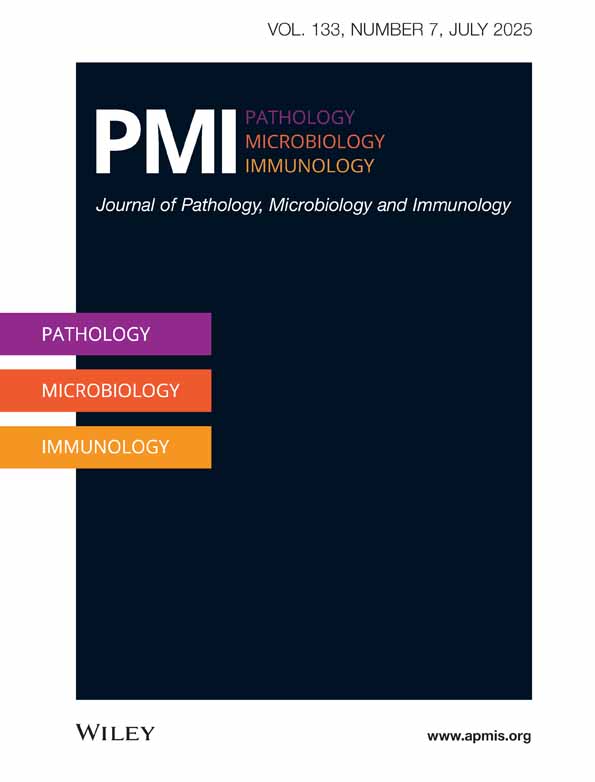Survival and function of phagocytes in blood culture media
Abstract
The survival and function of human phagocytes in sterile aerobic and anaerobic blood culture media were investigated using neutrophil morphology, white blood cell count in a haemoanalyser, flow cytometry, oxidative burst response, and bactericidal effect in Colorbact® and Septi-Chek® blood culture media and Bact/Alert®. When comparing agitation to stationary incubation no difference in phagocytic activity was found. The methods showed the same trends demonstrating that the phagocytes' viability and activity were prolonged by oxygen and shortened by anaerobic conditions and sodium polyethanol sulfonate (SPS). Best preserved activity and viability were found in the aerobic media containing less than 0.5 g/l SPS, in which significant phagocyte oxidative burst and bactericidal activity were found up to 4 days after inoculation. Considering that the majority of bacteremias are due to aerobic or facultatively anaerobic bacteria, the present data suggest that most bacteria may be recovered by the use of one aerobic bottle with SPS concentration below 0.5 g/l to protect meningococci and other SPS-sensitive bacteria and one above 0.5 g/l to stop phagocytic activity, plus one anaerobic bottle with SPS below 0.5 g/l.




